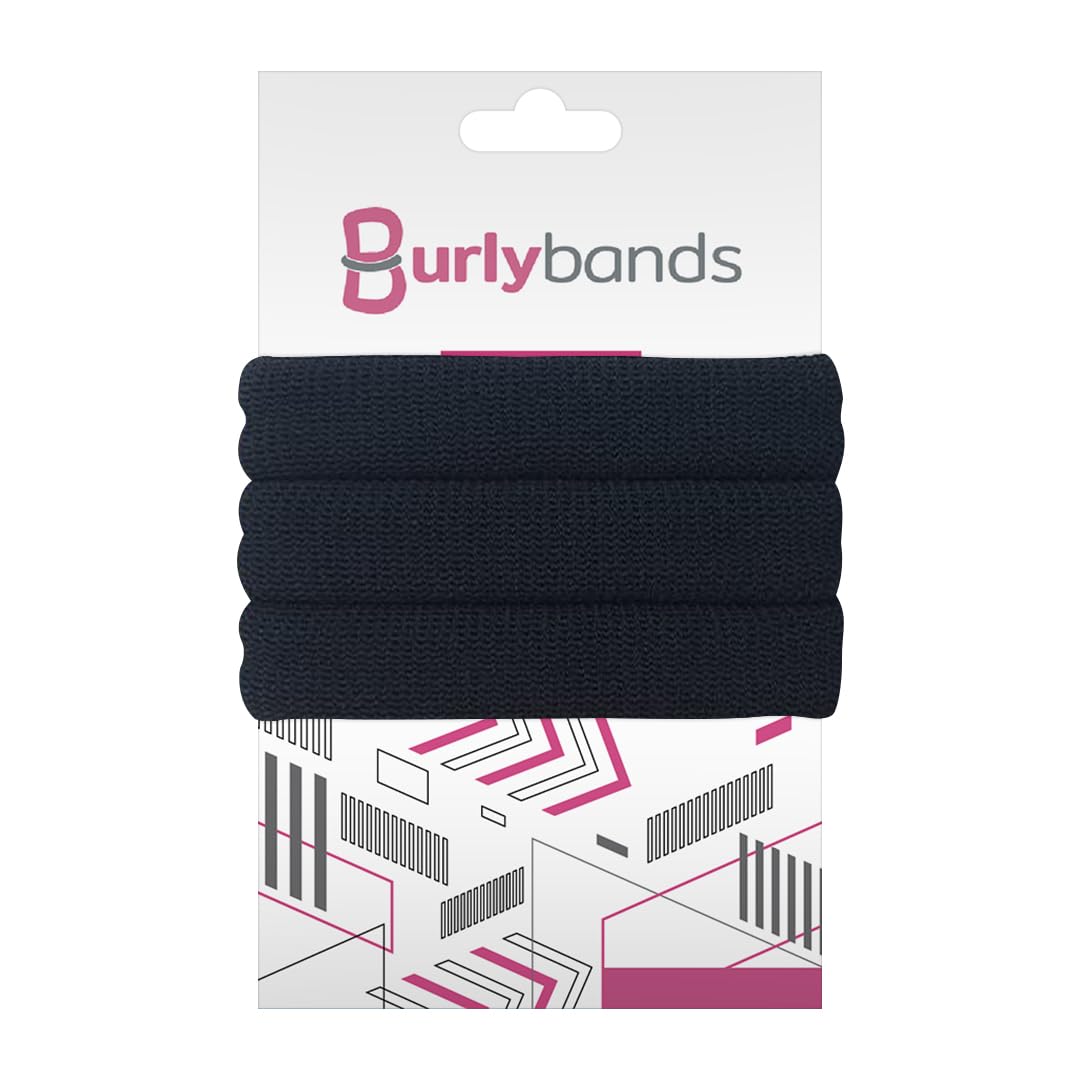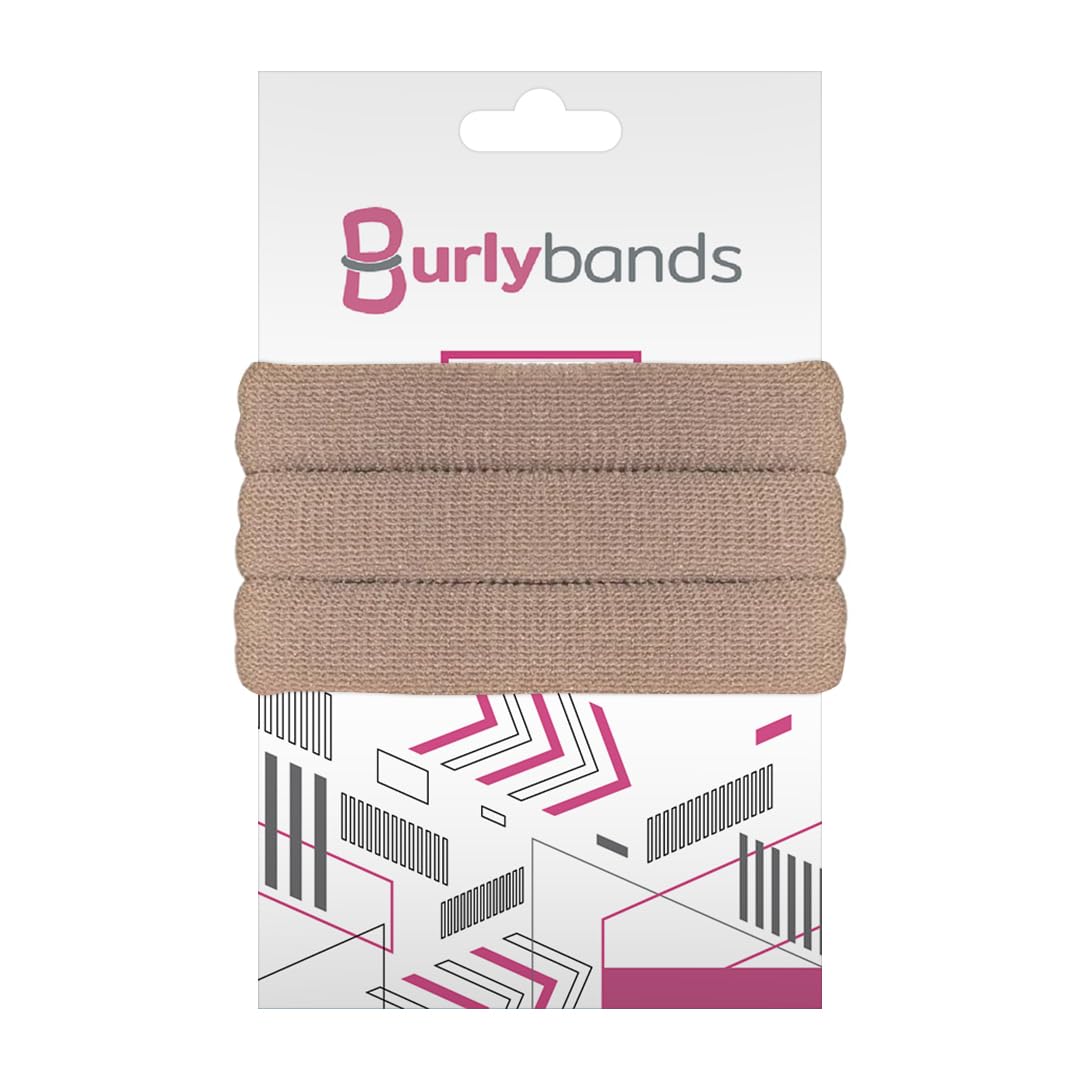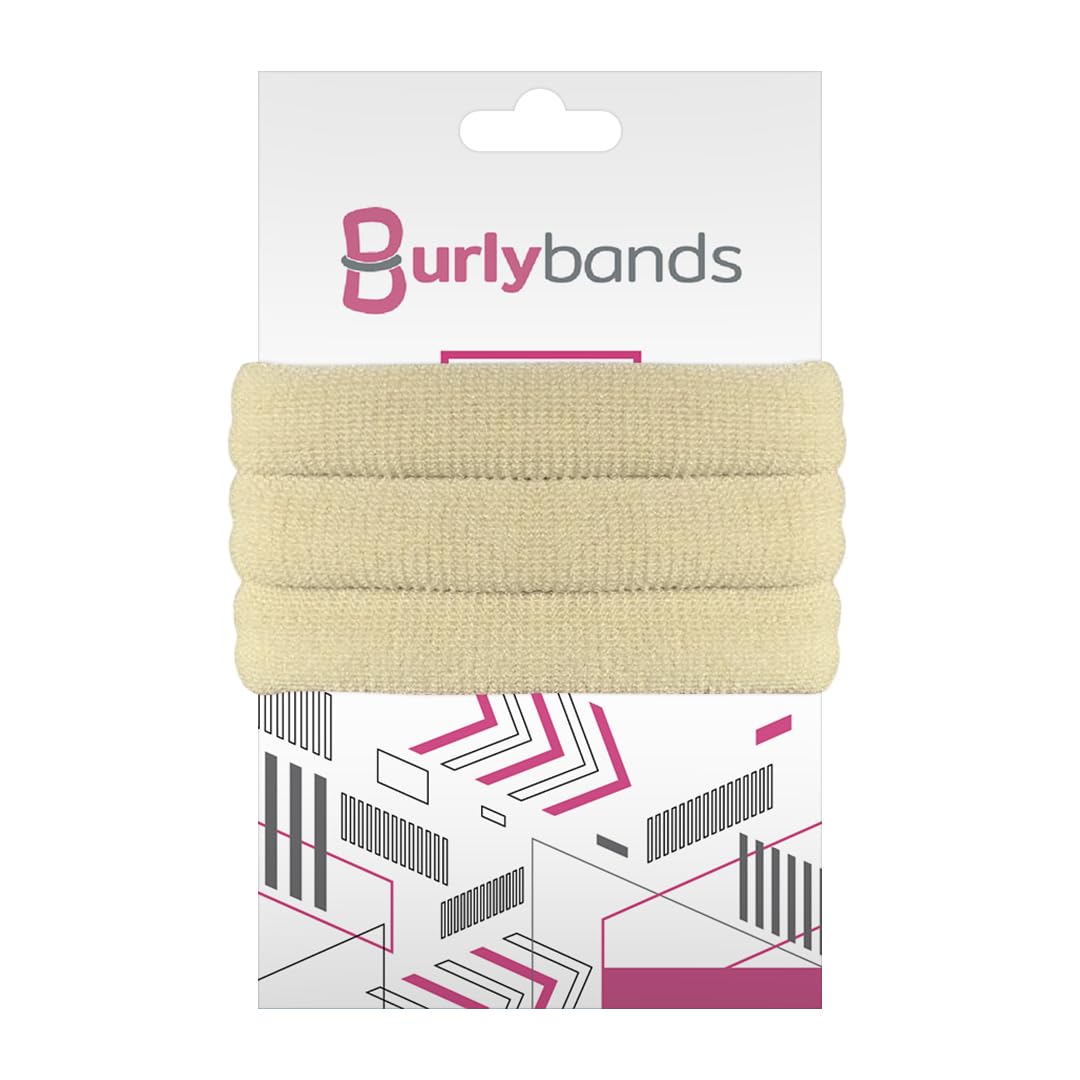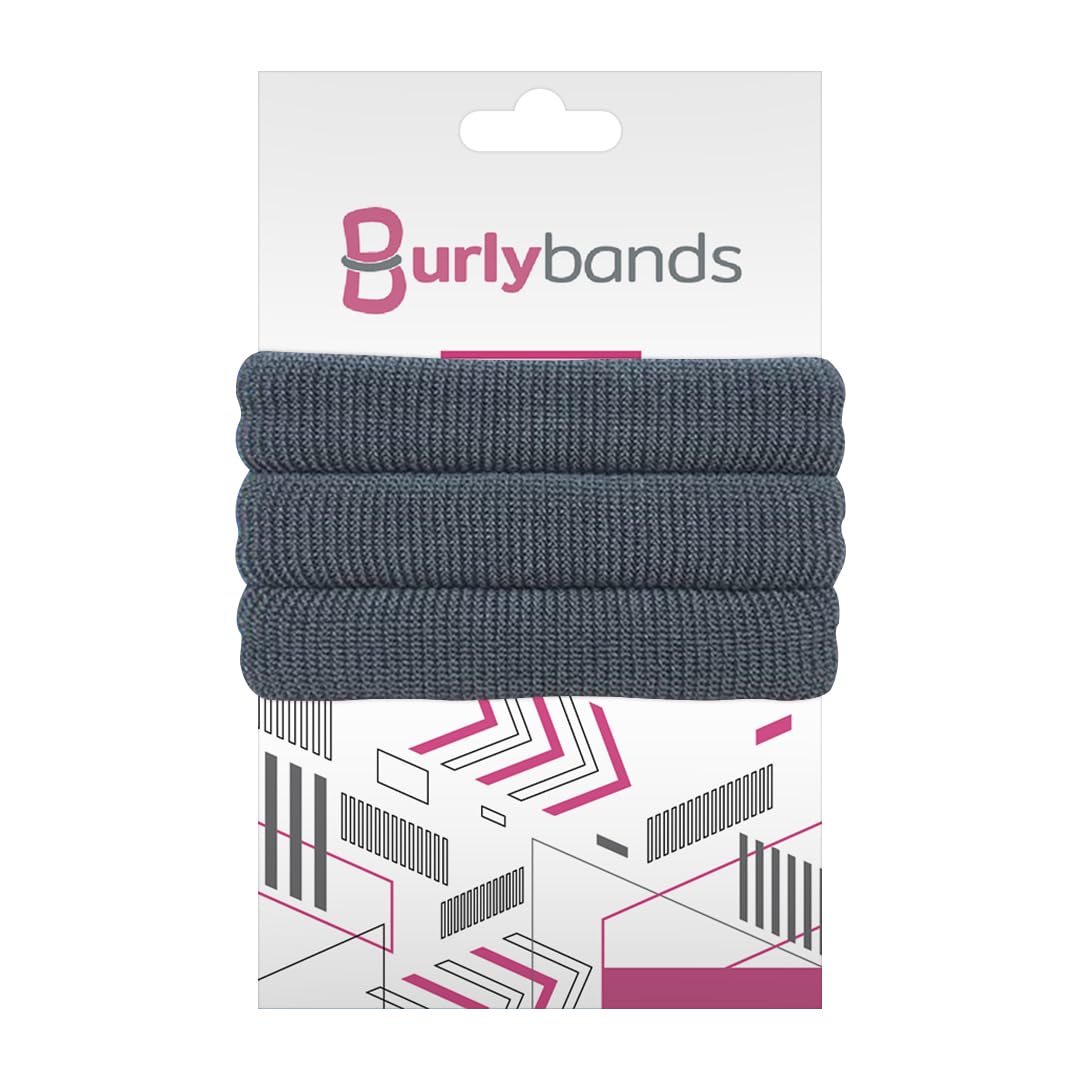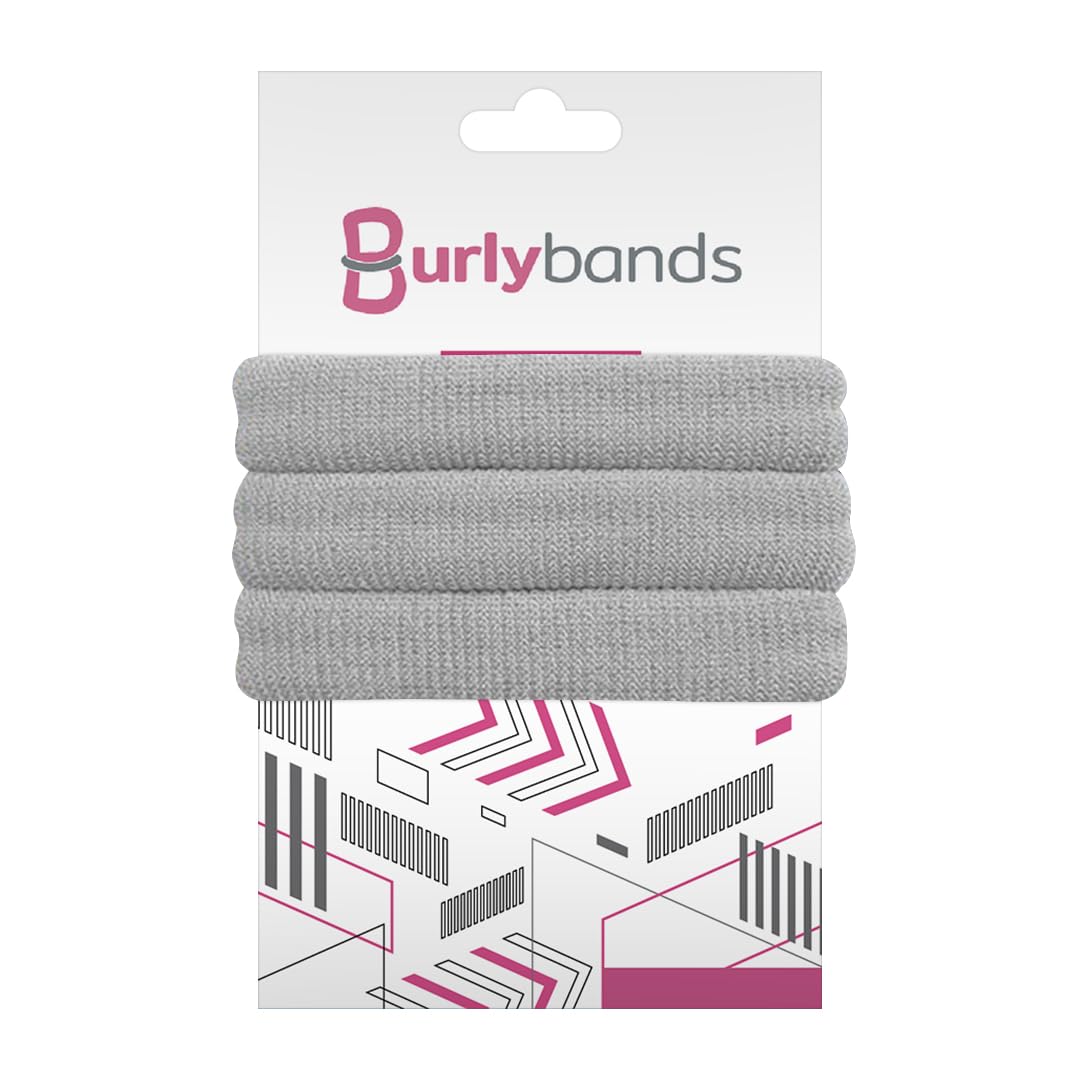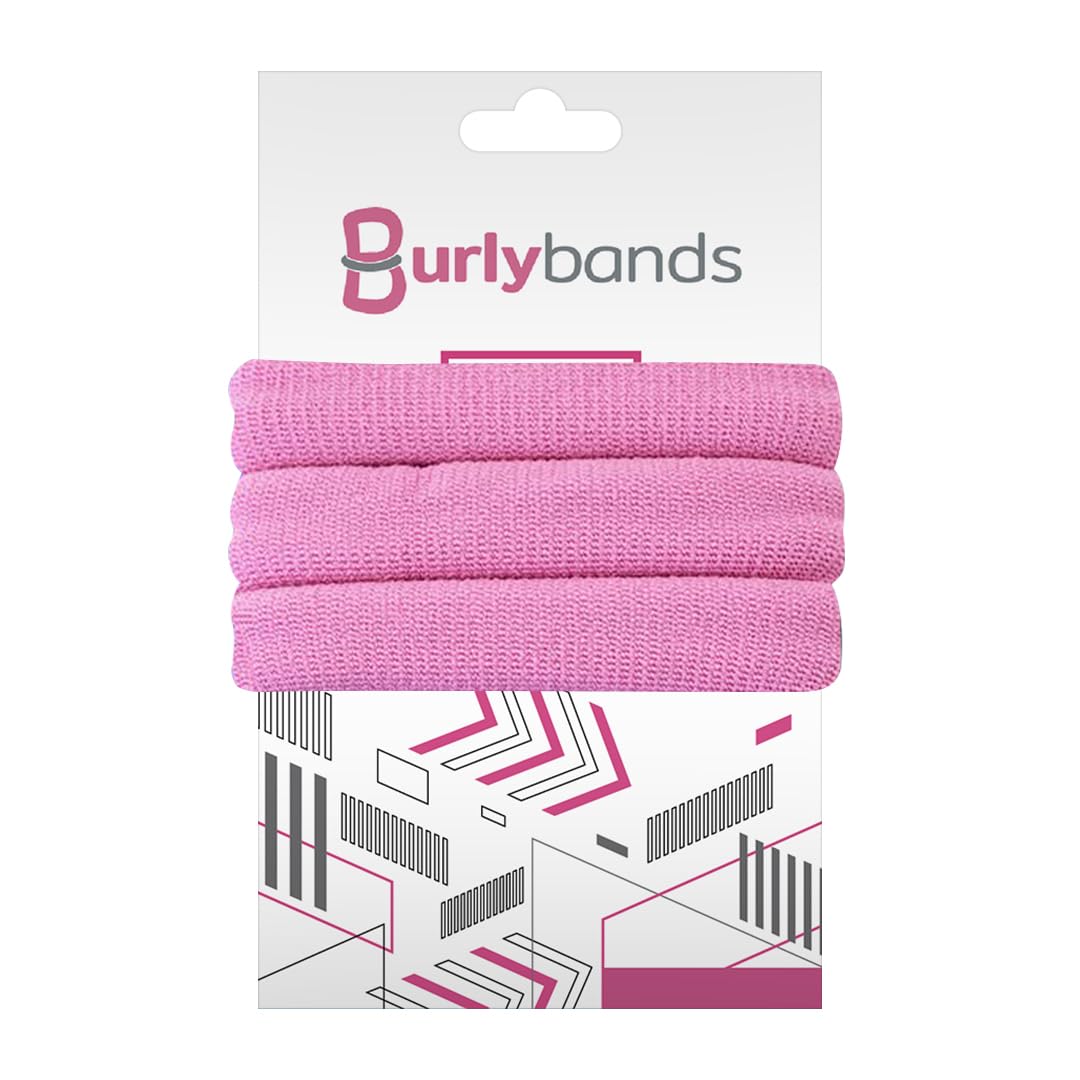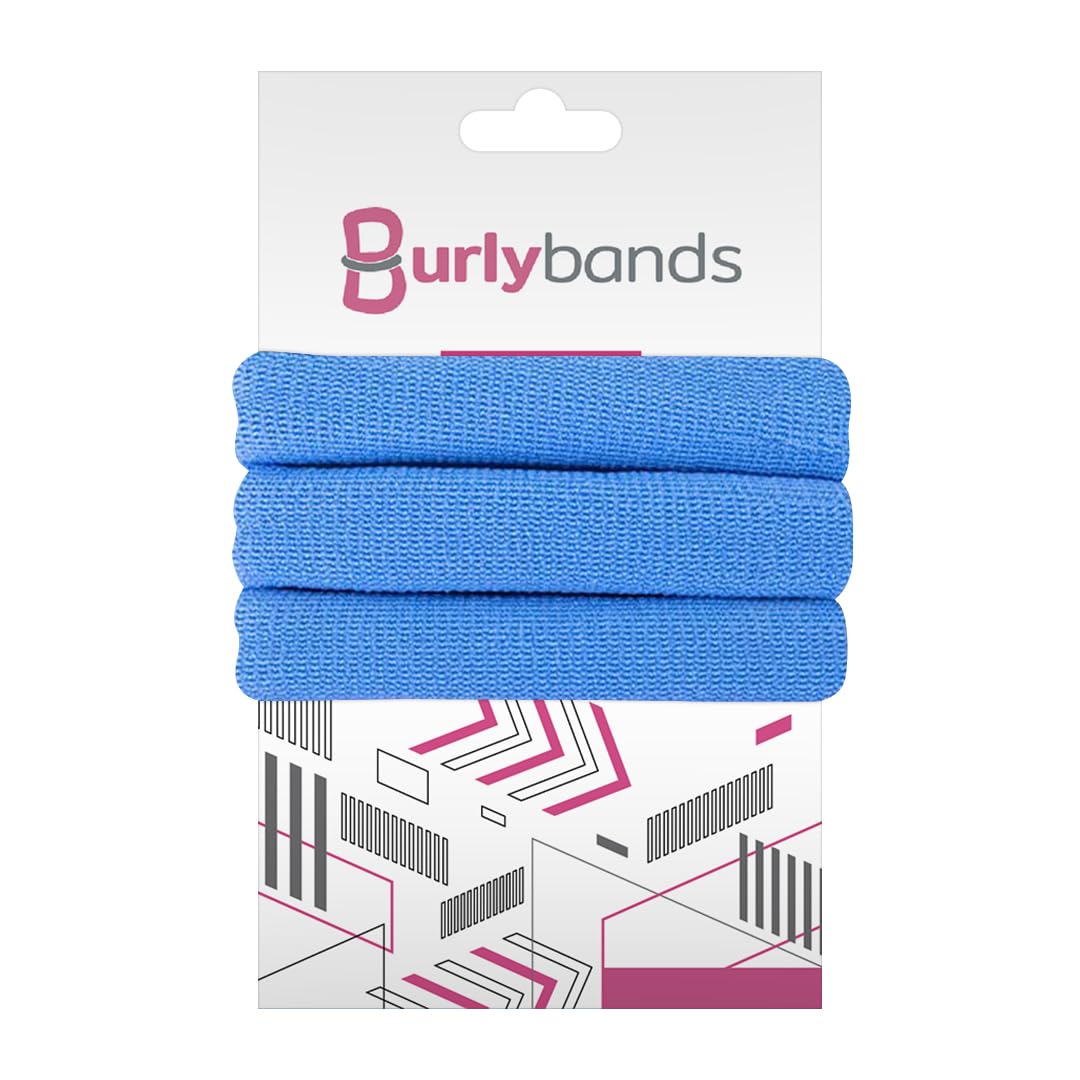The Dutch braid is known by many names like the reverse French braid or inside-out braid. In fact, this braid is done exactly like French braids except you cross the strands underneath instead of over. If you're already skilled at French braiding, learning this braid is going to be super easy. In this guide, we'll show you how to do a basic Dutch braid.
What You'll Need
- Comb
- Hair Ties
- Hairspray or Serum
- Hairpins
- Hair Gel (for thick hair)
How to Dutch Braid Your Hair

Credit: Envato Elements/ YuriArcursPeopleImages
Here’s a detailed Dutch braid tutorial:
Step 1: Start by Detangling Your Hair
Use a wide-tooth comb to remove any knots and tangles in your hair. If you have particularly thick or unruly hair, apply a small amount of styling gel or mousse to your strands.
Step 2: Section Your Hair
Grab a good-sized section of hair from the crown area — roughly three to four inches wide. This will be the starting point of your braid. Split this first section into three equal smaller strands. These will form the middle, left, and right strands of your braid.
Step 3: Start Braiding
Move the right strand under the middle strand. Then, take the left strand and cross it under the new middle. This will be the new middle strand. As you continue to braid, include additional hair from the outer strands into the braid. Each time you cross a side strand under the middle, grab a little more hair from the same side of your head and include it in the cross-under.
Step 4: Continue Braiding Down the Head
Keep repeating this process. Follow the shape of your head and direct the braid toward the nape of your neck. Once you reach the nape and there are no more sections of loose hair to add, finish by braiding the remainder of your hair in a traditional three-strand braid. Secure the end with a hair tie.
Step 5: Secure with Hairpins
If needed, use hairpins to tuck in any loose ends or stray hairs. You can also use a light hairspray or serum to tame any flyaways. For a fuller look, gently tug the sides of the braid to loosen it slightly.
How to Do a Double Dutch Braid

Credit: Envato Elements/ Nestea06
Double Dutch braids feature two symmetrical braids on each side of the head. Here's how to do a double dutch braid:
Step 1: Section Your Hair
Use a comb to section your hair from the forehead to the nape of your neck. Make sure the parting is as straight as possible. Secure one side with a clip or a hair tie to keep it out of the way while you work on the other side.
Step 2: Begin Braiding One Side
Remove the clip from the first section. Start at the front and top of your head, just as you would for a single Dutch braid. Repeat the same process of Dutch braiding. Remember, each time you cross, add more hair to the strand before it goes under the middle strand. Once you reach behind the ear and no more hair is left to add, continue with a regular three-strand braid down the length of your hair. Secure with a hair tie.
Step 3: Repeat on the Opposite Side
Unclip the other section of hair and repeat the same braiding process. Make sure the braid is as tight and even as the first. Spray lightly with hairspray to secure any flyaways and keep the braids neat throughout the day.
Can You Do a Dutch Braid on Wet Hair?

Credit: Envato Elements/ YuriArcursPeopleImages
Yes, definitely. It's often easier because wet strands stick together. The style will also last longer since the braid sets better while your hair dries. Also, once you undo the braid, you'll have nice waves and won't have to use heat-styling tools.
Summary
With these simple steps, you can master the art of Dutch braiding your own hair. So grab your hairbrush and hair ties and start braiding!
And for box braids or boxer braids, French braids, and Dutch braids that hold securely all day, try using Burlybands hair ties. Their strong grip keeps even the thickest hair in place without causing damage or slipping. Shop with us today.
 Log in
Log in


